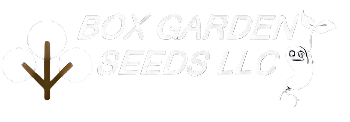• ALWAYS FREE SHIPPING on all orders of $25.00 or more.
Also known as a starflower, it is a self-seeding annual plant; the hollow, bristly, branched, and spreading stem grows up to 2 feet tall. The leaves are bristly, oval, or oblong. The striking, blue, or purplish, star-shaped flowers grow from June to August. Borage is also known as the Bee plant and Bee Bread because the blue purplish star-shaped flower attracts bees all summer, increasing the pollination of nearby plants. Honey bees need all the help they can get these days, so consider planting these bee-loving plants for them if for no other reason.
Borage may also enhance the growth of tomatoes (by confusing and repelling tomato hornworms), brassicas (by repelling and confusing cabbage worms), and strawberries may do better when grown near Borage. Throughout history, Borage has been used for many ailments and to improve overall health. Borage is an excellent herbal supplement for women because it contains high levels of calcium and iron, which are nutrients many women lack. Potassium, Zinc, B and C Vitamins, and beta-carotene are packed into the Borage plant, making it very nutritious. The dried leaves can be brewed into tea, which has been said to have a refreshing cucumber-like flavor. The plant features broad, oval-shaped, dark green fuzzy leaves. Generally, its leaves are harvested from the plant just after the flower buds form but before flowering. Younger leaves are used in salads, while older leaves are used as greens. However, the leaves get tougher, more prominent, and fuzzier as the plant ages. Borage is known to have notoriously low germination. I added extra seeds. It would be best if you planted some extra.
Pkt Size/Approx. Seeds
0.8 g / 30+ Seeds
We understand you can't wait to start your garden, so we try to ship all orders within 24-48 hours. It may take a bit longer during peak growing seasons, but we promise to get your order to you as soon as possible.


























